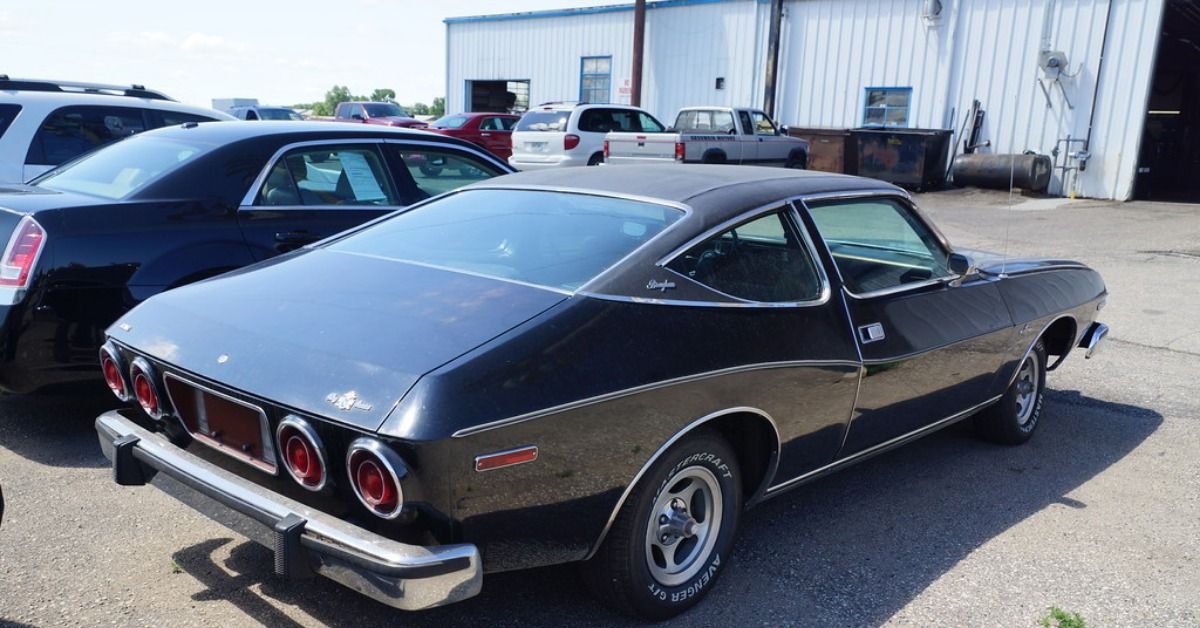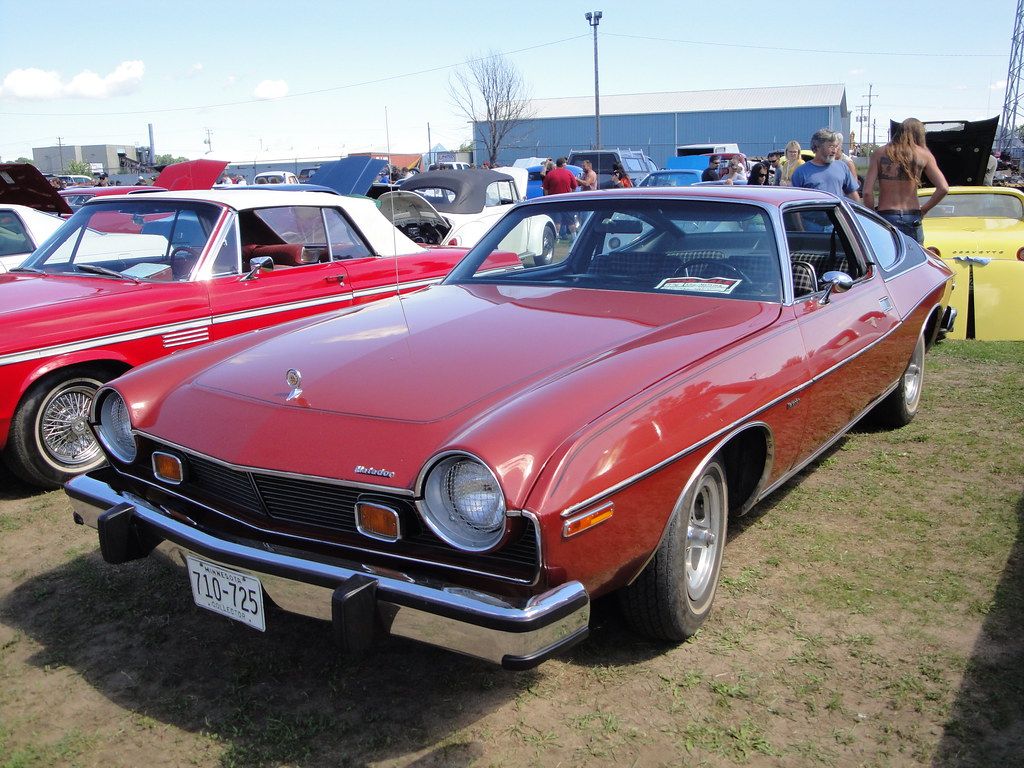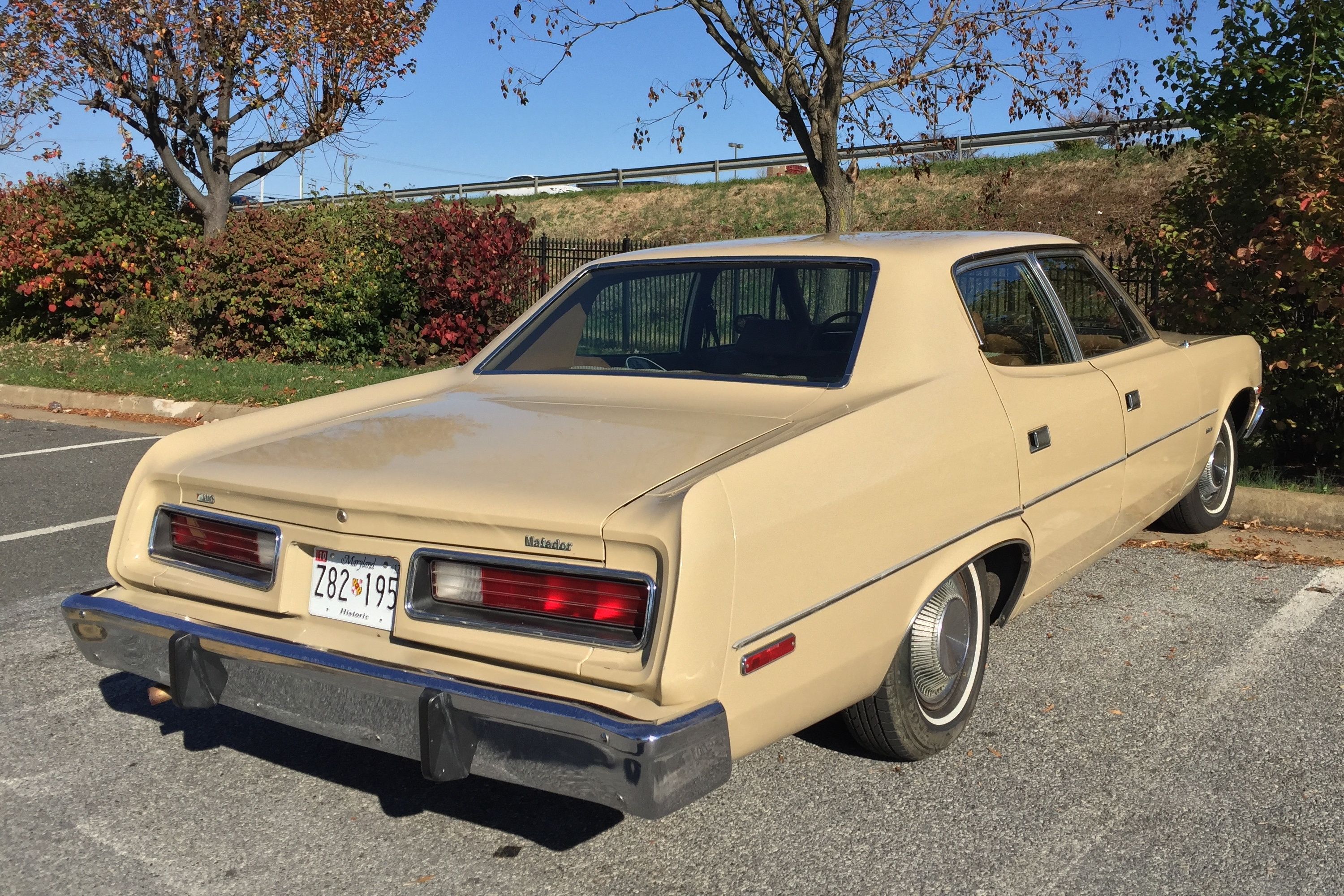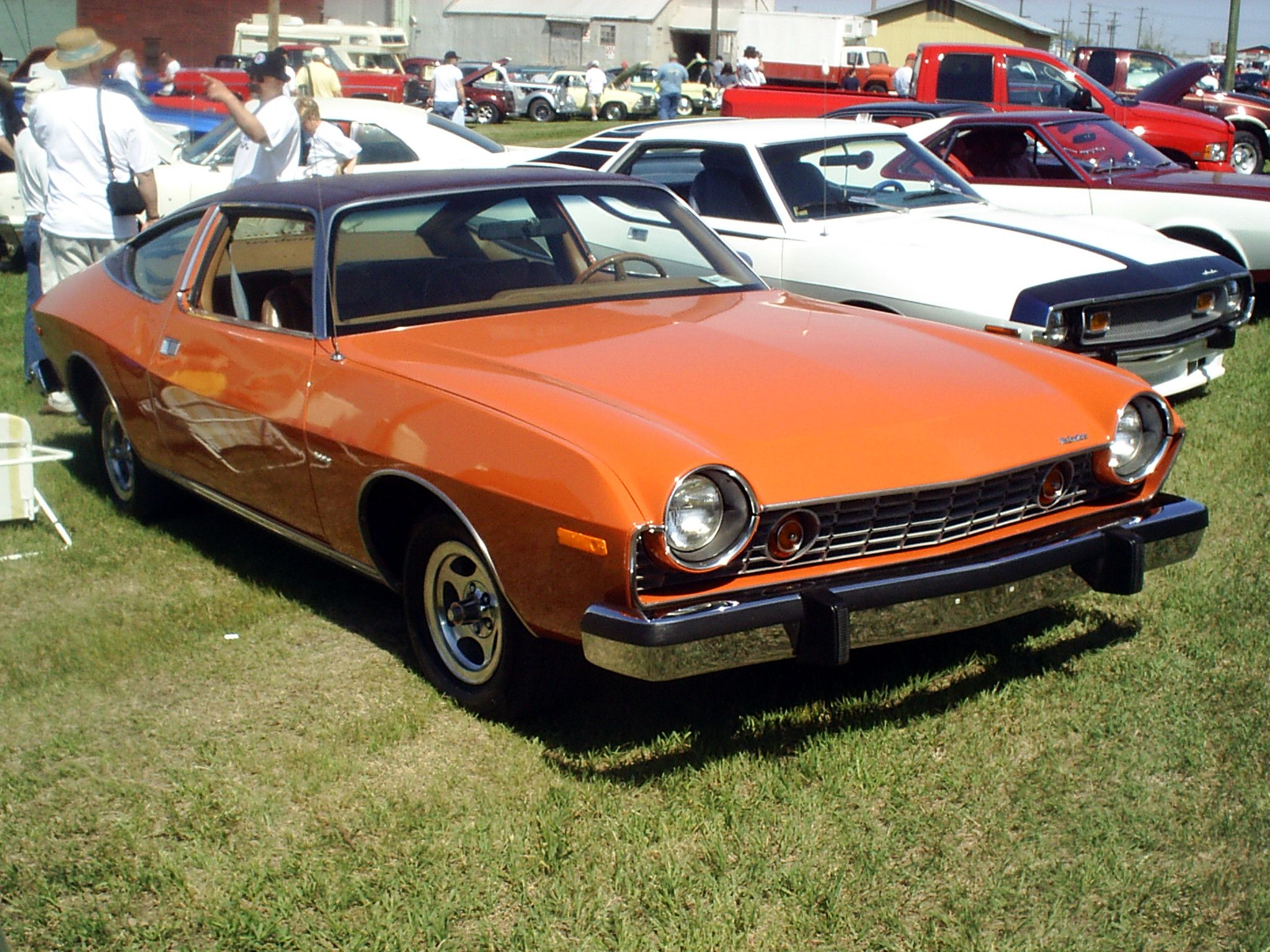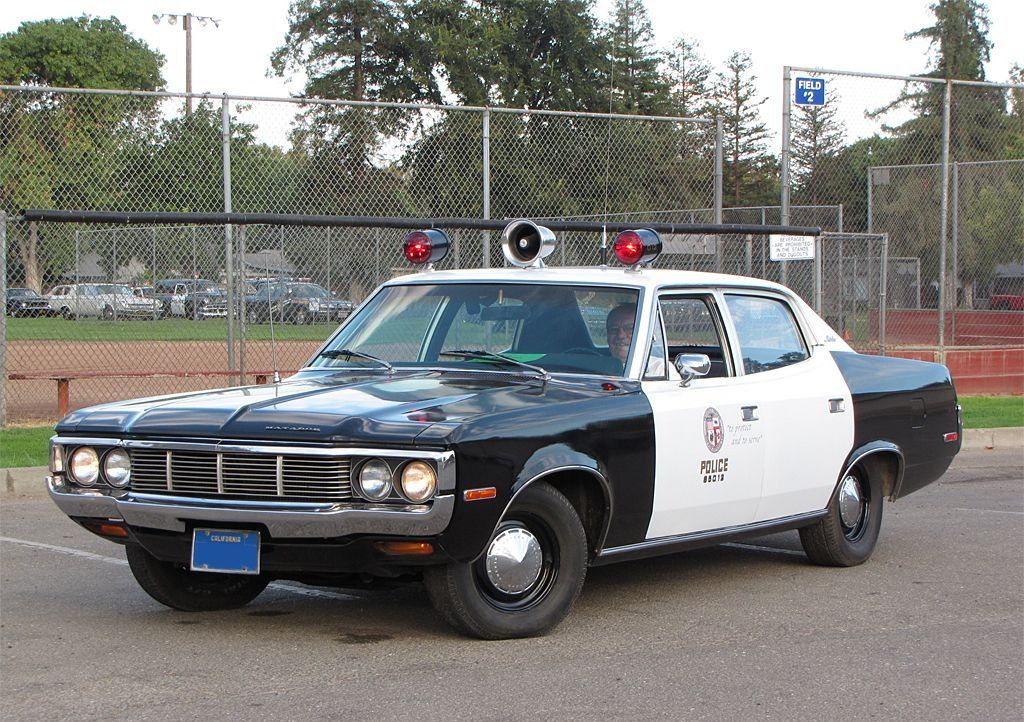It is always a treat to walk down memory lane and reminisce all the great works done through the years in the car industry. There is no shortage of spectacular automobiles built in the past. In fact, the developments and progress made by manufacturers were at their apex in the 70s and 80s.
One of those names is the American Motors Corporation. The American manufacturer was known for producing small cars, but they revolutionized their output with the Matador. Initially considered a family car, the Matador went on and captured a much bigger audience than just families. After a couple of years, the Matador became the most significant automobile produced by the AMC. AMC was never as big as companies like Ford or Chrysler, but with muscle cars like the Matador, it could battle head-to-head with those big names.
The Matador Legacy
The AMC Rebel, which had been on the market since 1967, was superseded by the 1971 Matador (First generation). The AMC Matadors received a makeover and a new title and were offered in two-door hardtop, four-door sedan, and station wagon body styles.
The Matador and the full-size Ambassador models utilized a revised structure. Despite being strongly connected to the preceding Rebel models, AMC started marketing the Matador as something more than a rebranding with a bit of makeover in order to reestablish the series in the hypercompetitive intermediate-car sector among customers.
The cargo lid chrome stripe and rear-corner chrome embellishments remained unchanged from the 1970 versions. The 1967–1970 Rebel "Weather Eye" fan-heat control system was fresh on the 1971 model, as was the rear bumper with redesigned curved lenses, the interior panel, infotainment system, steering wheel, and armrests.
The Matador was offered with a straight-6 or one of many V8 motors. The Matador's transmission options featured a Borg-Warner "Shift-Command" three-speed automatic, a floor-shifted four-speed manual, and a column-shifted three-speed manual.
The 1972 Matador (First generation-second model year) was pitched as a "family vehicle," and it was available in two-door hardtop, sedan, and station wagon configurations with two or three tiers of seats. Sedans came with standard 3.6-liter l6 engines, while hardtops and wagons featured a 4.2-liter l6 engine as standard.
The 1972 models were identical to the 1971 variants, with the same frontal face but a reduced grille design. The chrome trunk lid strip and rear corner chrome present on 1970 Rebels and 1971 Matadors were removed. The 1972 model received a redesigned tail light lens arrangement, which consisted of nine submerged vertically rectangular optics.
For 1973, the Matador hardtop, sedan, and station wagon body types were available in only one trim with various aesthetic and comfort choices. 1973 Matadors had more powerful front and rear bumpers. The front bumper was equipped with self-restoring telescopic shock stabilizers and more visible vertical rubber shields, while the rear bumper featured vertical black plastic bumper shields that supplanted a pair of identical and formerly optional chrome bumper guards.
Apart from the bumper modifications, the 1973 model was almost identical to the 1972 model, with the exception of revised tail light lens modules and a marginally altered grille layout.
The Second-Generation Matador
The AMC was facing some problems with its sales due to the change in the industry's focus. Coupes were the popular type among the customers. So, a shift in the design was required, and that was the beginning of the production of the second-generation Matadors.
The updated passenger vehicle standards required the front and rear passenger car bumper to be consistent in height, withstand angle hits, and endure 5 MPH collisions without damage. The large front and rear bumpers placed on energy-absorbing shocks enabled all 1974 Matadors to achieve this standard. They were incorporated into the body of the sedans and station wagons using gap-concealing elastic infill panels.
The four-door sedans and wagons featured a larger total vehicle length and revised front and back design. The redesigned front fascia, which included a hood and grille, had a conspicuous center projection that matched the form of the front bumper.
The sedan's rear was modified, with the license plate moved above the number to the middle of the rear paneling and new, larger rectangular taillights. The taillamps of the station wagon were revised, and the bumper was reinforced with a central rubber face.
A 4.2-liter l6 with 3-speed torque-command auto transmission accompanied the base sedans and wagons. They also came with an optional 5.0-liter V8.
The second generation continued its way in the same way and just featured some trim and accessories developments.
Pop Culture Appearances
The AMC Matador was a big name back in the 70s and 80s. It was one of the most prominent cars used in Hollywood. From movies like Batman and Terminator to TV series like The Dukes of Hazzard, Murder She Wrote, Magnum P.I, and Adam-12 all the way to numerous music videos by different artists such as Michael Jackson, the AMC Matador was quite the go-to vehicle to use.
Matador In Charge
Despite the fact that the full-sized AMC Ambassador was also available as a police car, the Matador proved to be quite popular. The Los Angeles Police Department was the most frequent user of Matador patrol vehicles, especially from 1972 to 1974. The LAPD picked the Matador after a thorough evaluation of the specialized law enforcement versions supplied by Chevy, Ford, and Chrysler because they "outperformed and exceeded all the other cars."
The LAPD's acquisition of the Matador would end with the 1974 versions. The second-generation longer-nosed retouch and the 5 MPH bumpers increased heaviness, which hampered driving and acceleration. Therefore, the LAPD and AMC parted ways.
The many uses of the Matador accentuate the fact that it was a great muscle car that exceeded expectations and made other rivals crumble upon its power.

